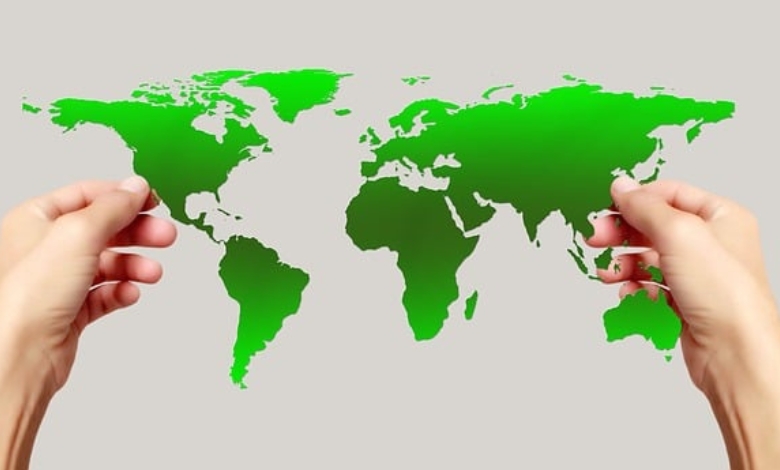Variations in Conducting Business Between Asia and Europe

As globalization continues to connect economies around the world, it is crucial for businesses to understand and adapt to the unique practices and cultural nuances that shape business interactions in these regions.
From communication styles and negotiation techniques to legal frameworks and regulatory differences, navigating the intricacies of doing business across Asia and Europe can be both challenging and rewarding.
So, fasten your seatbelts as we embark on a journey exploring the variations in conducting business between these vibrant continents.
Get ready for some eye-opening insights that will help you bridge cultural gaps, seize opportunities, and foster successful cross-continental collaborations.
Let’s dive right in.
Communication Styles and Etiquette in Asian and European Business
When it comes to conducting business, effective communication is key. However, the styles and etiquette of communication can vary greatly between Asia and Europe.
In Asian business culture, there is a strong emphasis on respect for authority and hierarchy. It is important to address individuals by their formal titles and use proper greetings. Non-verbal cues such as bowing or handshakes are also significant gestures of respect.
On the other hand, European business culture values directness and open communication. Europeans tend to be more informal in their interactions, often addressing each other by first names rather than using formal titles. Handshakes are common forms of greeting, but they may not hold as much significance as in Asian cultures.
Another notable difference lies in the approach to language barriers. In Asia, it is highly valued when foreign visitors make an effort to learn basic phrases or hire translators during negotiations. This shows respect for local customs and helps build rapport with potential partners or clients.
We recommend using professional German translation services to overcome this barrier.
Turkish is one of the languages that needs to be translated, so here you can find Turkish to English translation services.
Negotiation Techniques in Asia and Europe
Negotiation is a crucial aspect of business transactions, and understanding the cultural differences in negotiation techniques between Asia and Europe can greatly impact the success of your dealings.
In Asia, particularly in countries like China and Japan, negotiations tend to be more relationship-focused. Building trust and establishing a personal connection with your counterparts is essential before diving into business matters. Patience is key as negotiations may take longer than anticipated due to this emphasis on relationship-building.
On the other hand, Europe adopts a more direct approach to negotiation. Efficiency is valued, and discussions often get straight to the point. Europeans appreciate thorough preparation and expect well-reasoned arguments during negotiations. It’s important to be assertive yet respectful when presenting your case.
Another notable difference lies in communication styles during negotiations. Asians tend to value harmony and avoid conflict at all costs, which means they may use indirect language or rely heavily on non-verbal cues for communication. In contrast, Europeans are generally more straightforward in their communication style.
Legal and Regulatory Differences between Asian and European Markets
Legal and regulatory frameworks play a crucial role in shaping the business landscape in both Asia and Europe. However, there are notable differences between these two regions when it comes to their approach to laws and regulations.
In Asia, particularly countries like China and Japan, there is often a greater emphasis on hierarchical structures and adherence to authority. This translates into a legal system that places significant importance on government regulations and compliance. In contrast, European countries tend to have more decentralized legal systems with a focus on individual rights and freedoms.
Another key difference lies in the speed of implementing new laws and regulations. Asian countries often exhibit a faster pace of legislative changes compared to their European counterparts. This can be attributed to factors such as rapid economic growth or political stability concerns.
Additionally, intellectual property protection varies across Asia and Europe. While Europe has well-established mechanisms for safeguarding intellectual property rights through patent laws, copyright protections, and trademark registrations; some Asian countries still face challenges in this area due to weak enforcement measures or cultural attitudes towards intellectual property.
Moreover, the level of bureaucracy also differs between Asia and Europe. Generally speaking, European markets tend to have more streamlined administrative processes with clearer guidelines for businesses operating within their borders. On the other hand, Asian markets may require companies to navigate complex bureaucratic procedures which can sometimes hinder efficiency.
Conclusion
Understanding and adapting to cultural differences is essential for success. When it comes to conducting business between Asia and Europe, there are significant variations in communication styles, negotiation techniques, legal frameworks, and regulatory practices.




